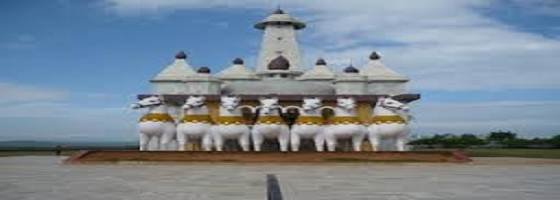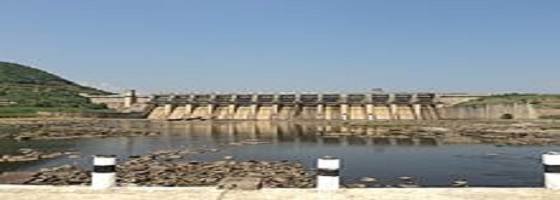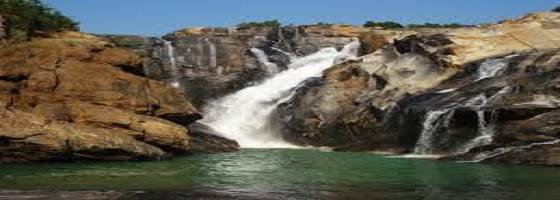Surya Mandir(Sun Temple),Bundu

About 39 km. from Ranchi on Tata Road near Bundu, stands the elegant Sun Temple fashioned in the form of huge chariot with richly decorated 18 wheels (nine on each side) and seven life like horses ready to take off.Built by Sanskriti Vihar headed by Shri Sita Ram Maroo, the Managing Director of Ranchi Express Group, the Sun Temple deserves the title 'a poem in stone'. The surroundings of the temple, studded with a pond serving as a sacred place for Chhathavratis are actually a natures bounty to the people of Chhotanagpur. A beautiful dharmashala, meant for the pilgrims and the tourists is under construction. The all weather motor able road upto the temple premises is likely to attract tourist who will be captivated to behold the newly built Sun Temple in placid and serene surrounding leading to it's celestial beauties.
Chandil Dam,Chandil

The multi-purpose chandil dam was built across the meeting place of both the rivers. The dam is 220 meter in height and the height of its water level is 190 meter from different places tourists coming from different parts of the country enjoy boating and the natural beauty in and around the dam.Chandil is famous for its importance in the field of tourism. The River Swarnarekha flows through this region. The Karkori River originating from the Hundru falls mingles with the Swarnarekha River here at chandil.
Best time to visit November to February.The dam with a vast water reservoir, is a great place to spend a winter afternoon.The serene ambience by the still waters becomes suddenly alive with the cacophony of a wide variety of chirping birds. The lake is often intercepted by a whizzing speed boat or by a lazy shikara.
Dasam Fall,Bundu

The Dassam Falls is a natural cascade across the Kanchi River, a tributary of the Subarnarekha River. The water falls from a height of 44 metres (144 ft).The sound of water echoes all around the place. Dassam Falls at one of the edges of the Ranchi plateau is one of the many scarp falls in the region.
The Dassam Falls is an example of a nick point caused by rejuvenation. Knick point, also called a nick point or simply nick, represents breaks in slopes in the longitudinal profile of a river caused by rejuvenation. The break in channel gradient allows water to fall vertically giving rise to a waterfall.